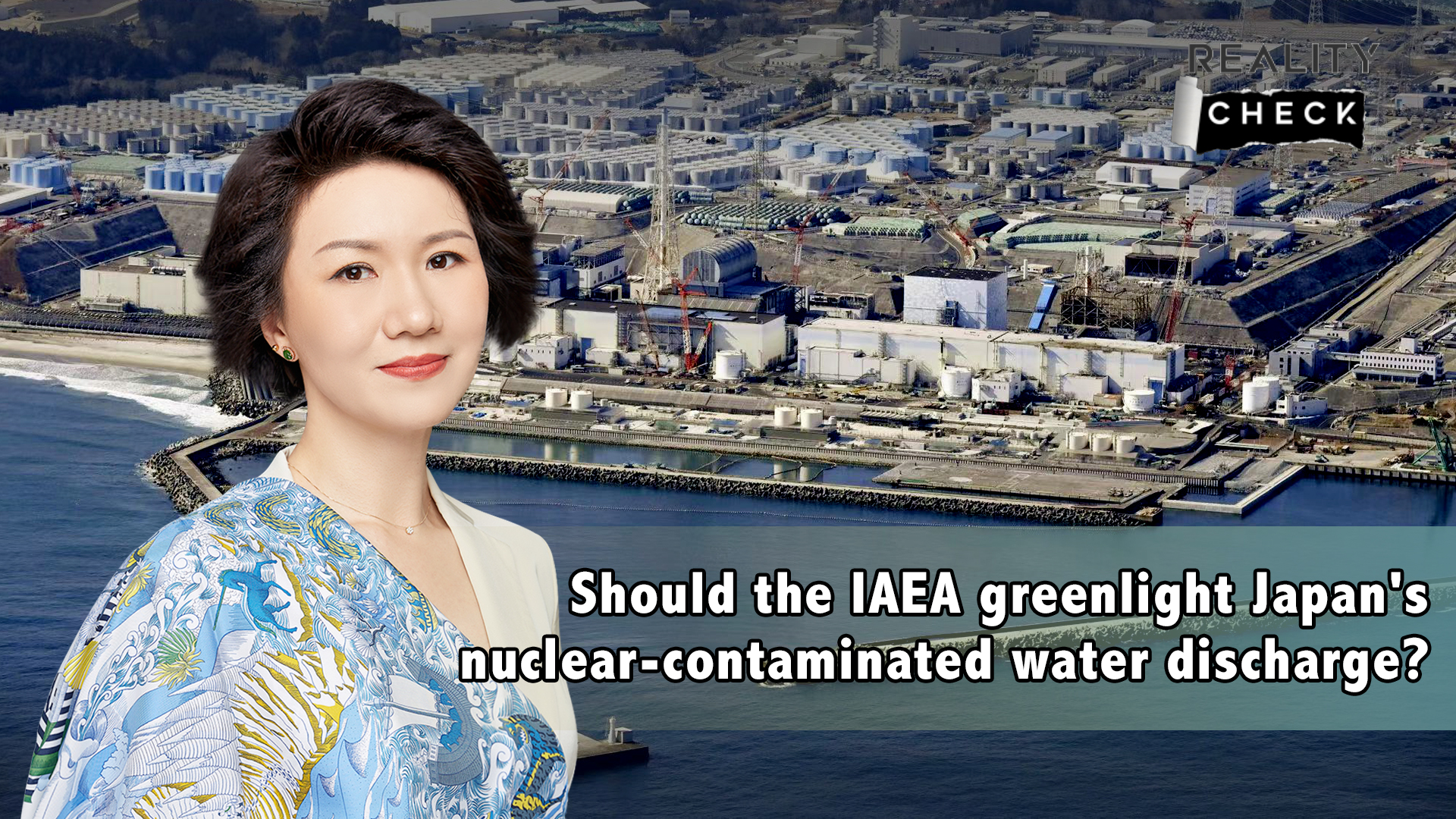Japan's nuclear-contaminated water discharge sparks a clash on scientific integrity. Lake Barrett from TEPCO defends the safety of the treated water, while Arjun Makhijani from the U.S. Institute for Energy and Environmental Research raises concerns about flawed science statement endorsed by the IAEA.
01:58

Lake Barrett: The treated water has been treated. It has been reviewed by the International Atomic Energy Agency, as well as by many others. Korean delegation visited the site and reviewed the science that's going on there. The radioactivity that's in the treated water is minuscule. It meets all international safety and environmental standards.
Arjun Makhijani: I am one of the scientists that have reviewed this, so it's not easy to mislead me with numbers. You know that, Mr. Barrett, we've known each other for a long time, right? I'm a numbers person. I take my numbers extremely seriously. I have lived by my numbers for more than half a century.
And this regulatory Environmental Impact Statement is seriously flawed. The IAEA has endorsed a plan based on a seriously flawed Environmental Impact Statement. I'm not panicking anybody. I'm just saying you can't make a scientifically sound statement on safety on a scientifically flawed Environmental Impact Statement.
We found a host of problems with the science that the TEPCO has done. We found they didn't have an accurate idea of what was in the tanks. We found they had no accurate idea of how they were going to deal with the water in the tanks that had sludges. Would the sludges actually gum up the treatment system? Would it actually work? What would happen if the water wasn't clean enough? Well, they said, we'll simply run it through again and again. How many times? One of the IAEA representatives actually said, well, it could be 300 times. That is not a plan.